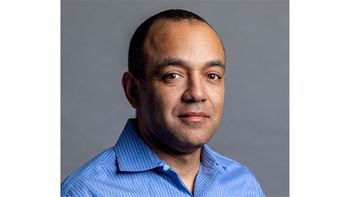
How should pharma managers account for improving patient outcomes in their forecasting?
A nice problem to have; ZS Associates looks at the implications in myeloma
Study results presented at oncology and hematology meetings this spring have significant implications for pharma companies making forecasts of new therapies in development today: if the expected benefits in patient survival rates continue to increase, there could be significant over- or under-shooting predicted demand (based on the extent to which a disease condition requires maintenance therapy). It’s a nice problem to have, agrees Nisha Gilra, PhD, a principal at ZS Associates (Chicago) and one of the authors of the papers. Most of the time, pharma product managers base projected demand on existing survival rates; but if the survival rates continue their upward swing in various oncology and other disease conditions, and a drug needs to be administered continually or repeatedly, future demand could be considerably higher than current forecasts would project.
The ZS authors (along with researchers from Celgene, which sponsored the study, and from Cedars-Sinai Cancer Center, Los Angeles) looked at the current state of multiple myeloma, for which survival rates have grown from around 33 months in the 1990-2001 period to 43 months in 2008, based on the Surveillance, Epidemiology and End Results (SEER) Program of the National Cancer Institute. (Celgene’s Revlimid [lenalidomide] is one of the recently introduced therapies helping drive this rate upward.) In surveying key opinion leaders in myeloma, the researchers found a projected increase in survival rate to 72 months by 2022—a 67% increase over 2008 and 140% increase from 2001.
Gilra says that the novel aspect of this study is tracking a disease where survival rates are changing relatively rapidly, and then using KOL surveys to project ahead. Forecasts of future demand need to go beyond statistics of current patient populations and include the benefits of improved therapies.
A poster of the paper, “Impact of Novel Therapies on Multiple Myeloma Survival—Current and Future Outcomes,” is available from ZS Associates.
Newsletter
Stay ahead in the life sciences industry with Pharmaceutical Commerce, the latest news, trends, and strategies in drug distribution, commercialization, and market access.





